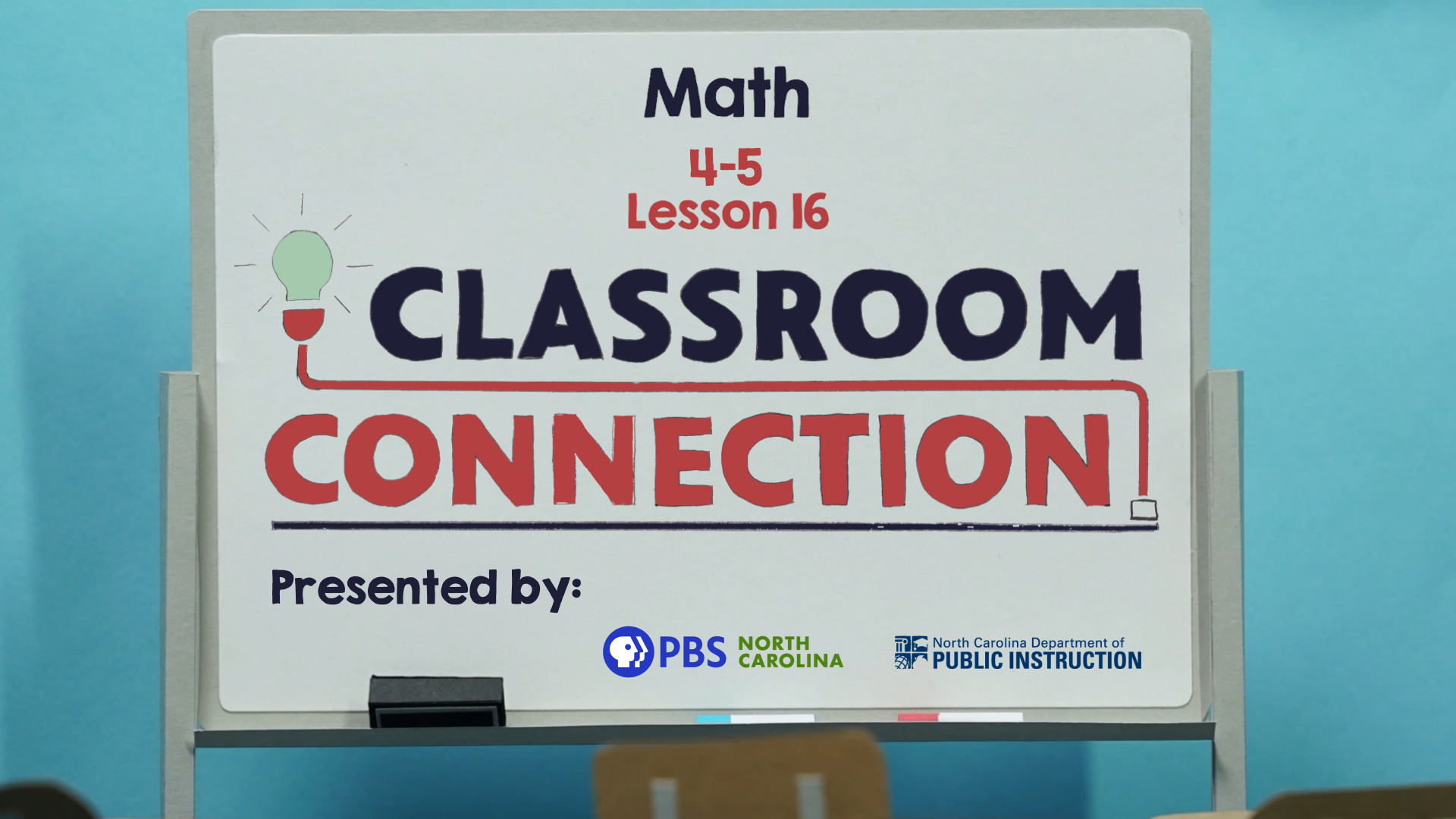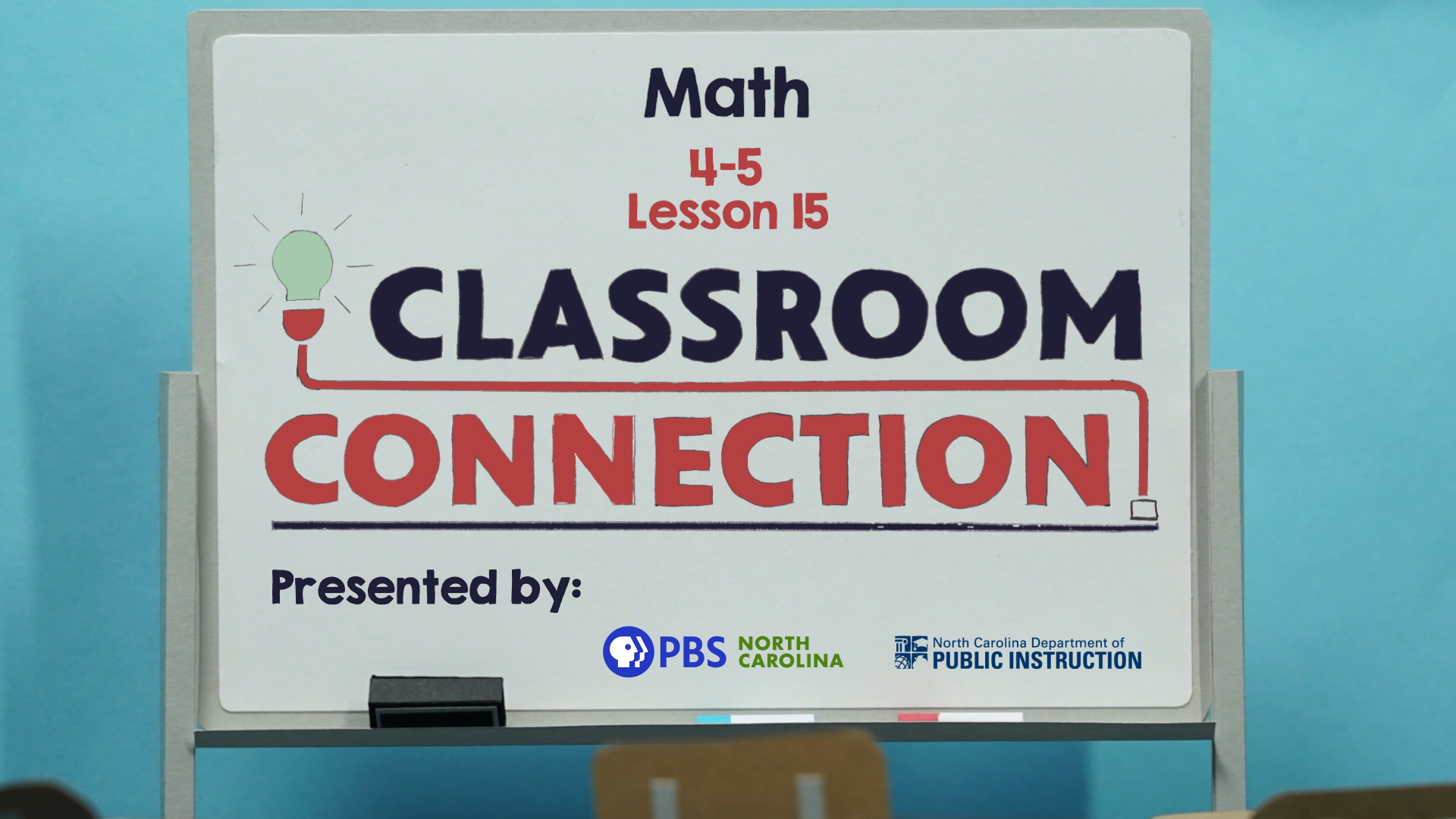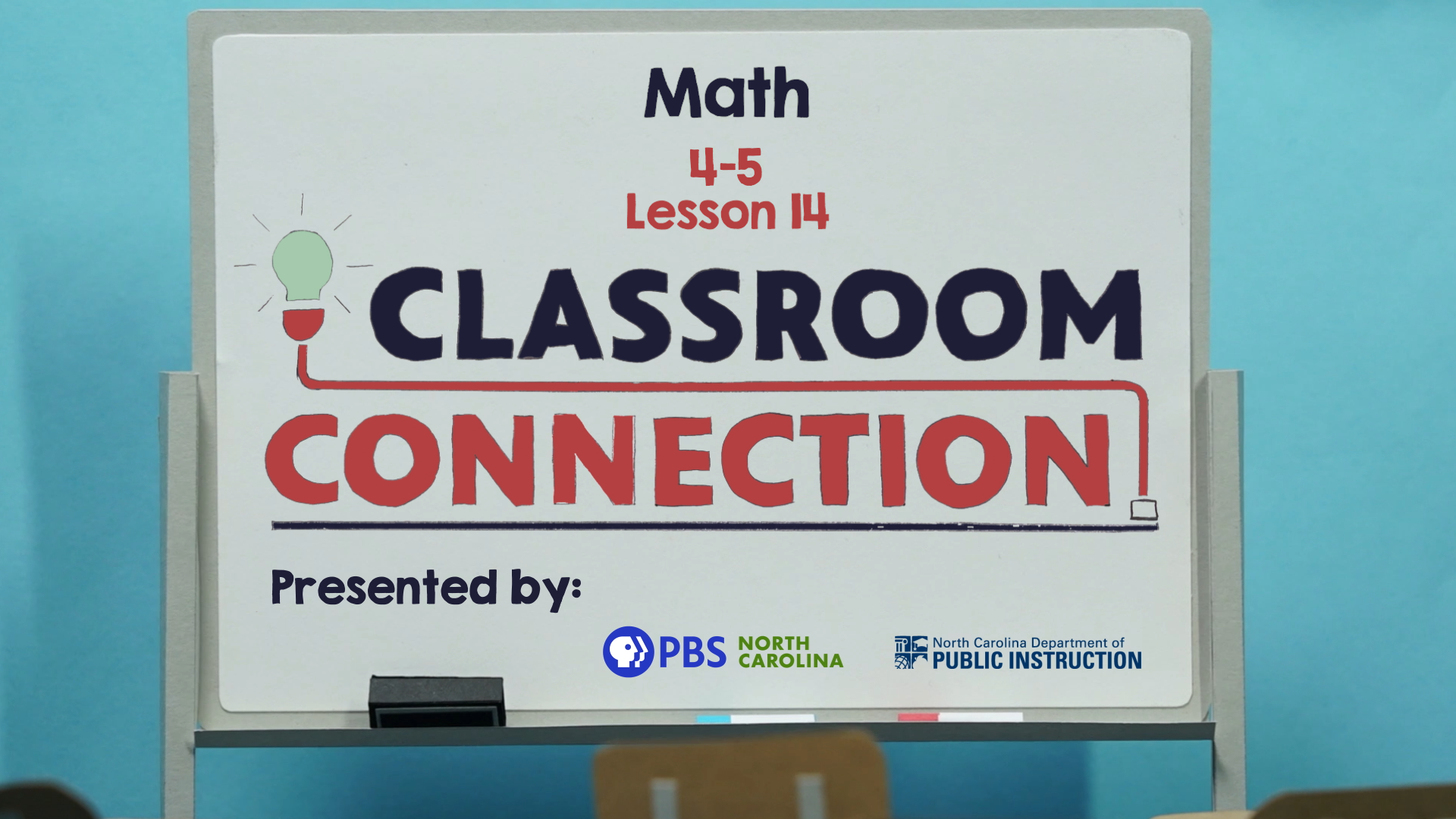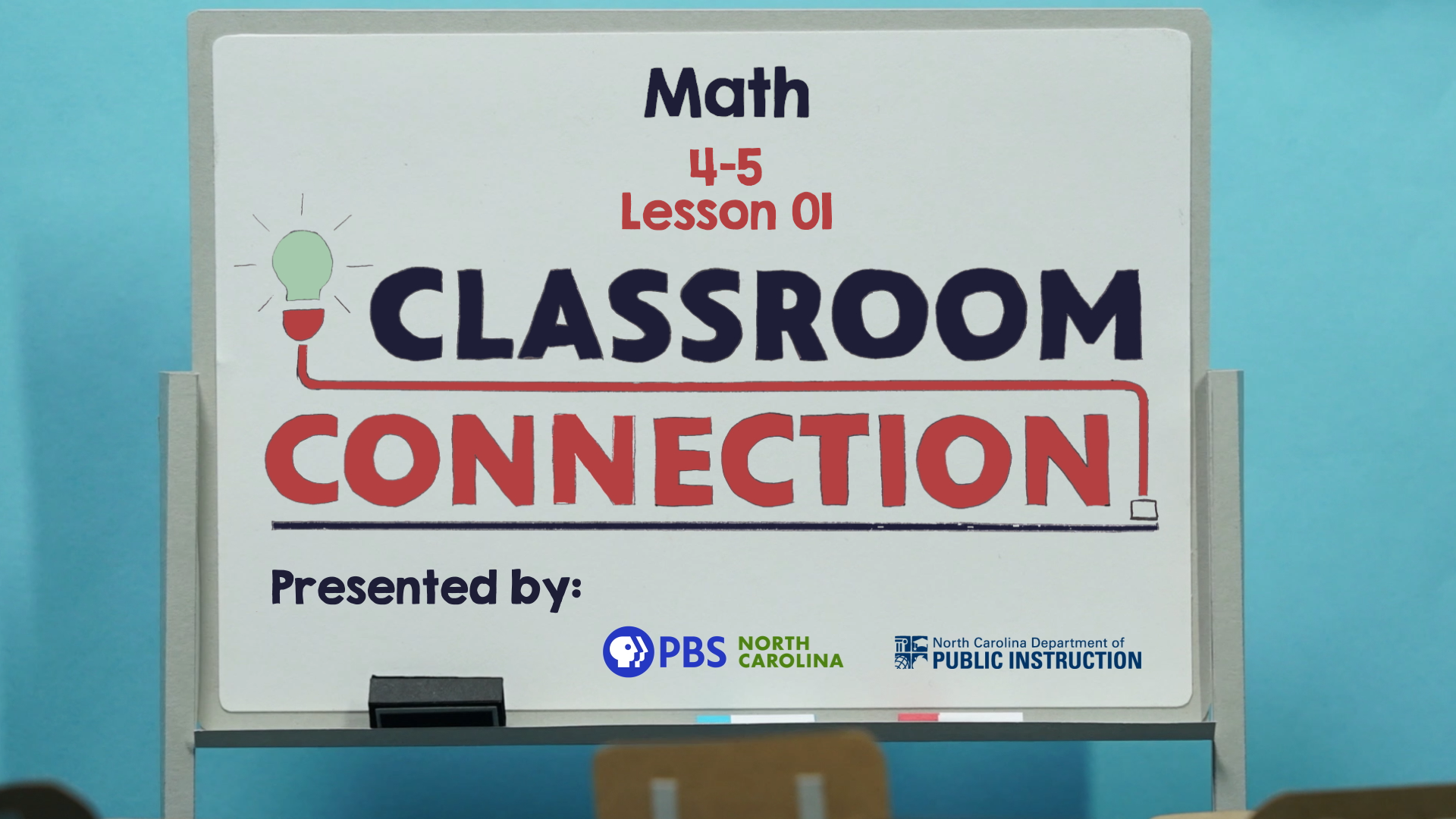Reason abstractly and quantitatively. Mathematically proficient students make sense of the quantities and their relationships in problem situations. Students bring two complementary abilities to bear on problems involving quantitative relationships: the ability to decontextualize—to abstract a given situation and represent it symbolically and manipulate the representing symbols as if they have a life of their own, without necessarily attending to their referents—and the ability to contextualize, to pause as needed during the manipulation process in order to probe into the referents for the symbols involved. Quantitative reasoning entails habits of creating a coherent representation of the problem at hand; considering the units involved; attending to the meaning of quantities, not just how to compute them; and knowing and flexibly using different properties of operations and objects.
Standard Type
Michigan State Math StandardsRelated Lessons

Fractions As Division
Interpret a fraction as division of the numerator by the denominator. Solve word problems involving division of whole numbers leading to answers in the form of fractions or mixed numbers by using visual fraction models or equations to represent the problem. Interpret a fraction as division of the numerator by the denominator and solve problems.

Division: Unit Fractions
Use visual models to solve problems with division to divide unit fractions by whole numbers and whole numbers by unit fractions. Use visual models to solve problems with division of unit fractions & whole numbers.

A Fraction of a Hike
Use estimation and visual models to solve problems involving adding fractions with unlike denominators. Use visual models to solve problems involving adding fractions with unlike denominators.

How to Find Area
Use visual models, decompose shapes, and apply the area formula for rectangles to solve problems in real world contexts. Use visual models & the area formula for rectangles to solve problems.

Mental Multiplication
Multiply a two-digit by a one-digit whole number using strategies based on place value and the properties of operations. Illustrate and explain the calculation by using equations, rectangular arrays, and/or area models. Multiply whole numbers using place value strategies & the properties of operations.
